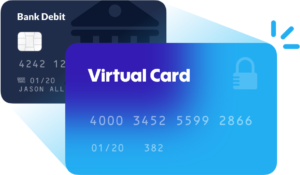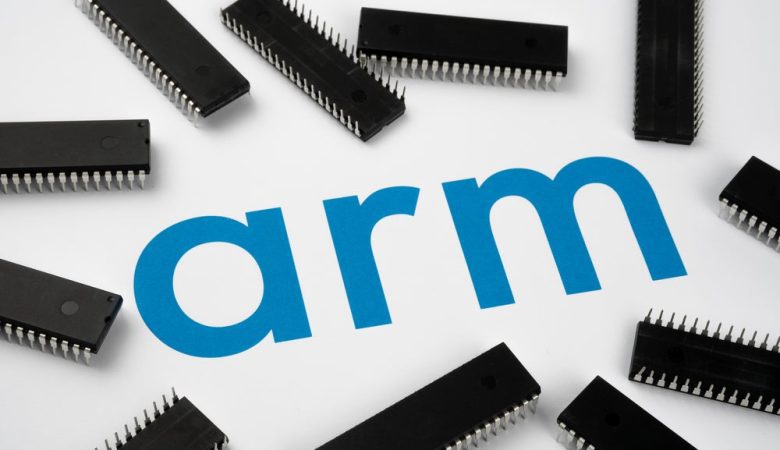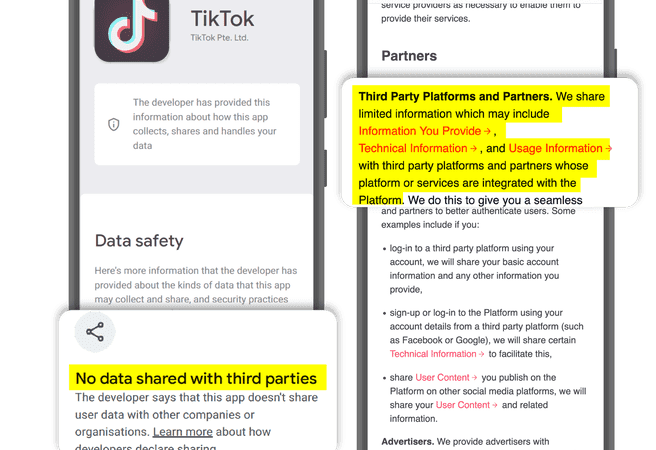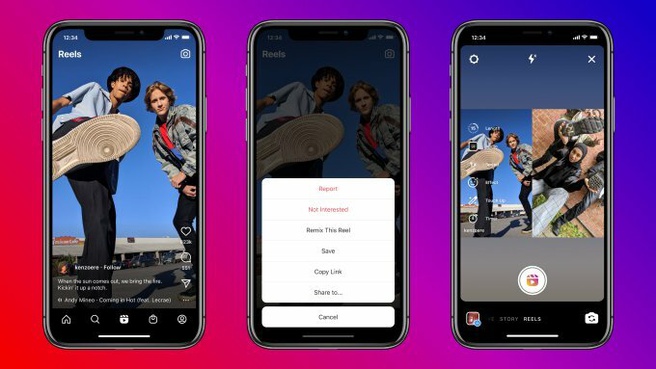More and more often it happens that you have to make payments online. Every time we insert our card number, however, a doubt assails us: will it be a safe payment? Is the site reliable or am I risking my credit card cloning? You can decide to do only one thing: the virtual card . If you have never heard of it, but it could really be the solution to your problems to start a wild online shopping, in this article you will be able to learn a lot about virtual paper , how it works and how to create it .

If you think you don’t need it, imagine the scene: you have found an unmissable super offer on a site, of a product that you have been chasing for months: you absolutely must buy it. The problem is you don’t have a PayPal account . You don’t even have a credit card linked to your account, and it’s not recommended to make purchases with your debit or ATM card . In any case, even with the traditional credit card there are risks: we have to enter the card number, the expiry date and the CVV, so someone could steal my data and use it for their purchases. What to do? Many credit institutions offer you the solution, allowing you to create a virtual credit card .
The virtual card, how it works.
The reasons for its existence are now quite clear, but how does virtual paper work in practice ? In short, the virtual credit card is a service that is offered by many banks and allows you to “disguise” the codes of the physical credit card . Thus, if some ill-intentioned should be interested in cloning your card , with those codes you enter they will absolutely not be able to access your account.
How to create a virtual card
We assume that to generate a virtual credit card it is necessary to have a real one. The plastic card shows a 16-digit code, an expiration date and a CVV2 on the back, but – if we ask for it – we could also have the virtual card service : we will be provided with another 16-digit code, another expiration and another CVV2, “fictitious” numbers to be used only for the virtual card . If we have not requested it when we took the physical credit card, we can always generate one, without going back to the bank.
How to create a virtual card ? Just log into your home banking , click on “card management” – or similar wording – and then on “Virtual card generation”. At this point a wizard will start: by entering the codes of the physical card you can decide to create two types of virtual card , that is disposable or that lasts a predefined time. Surely, now, you will still have 2 questions to solve:
- Where is the security? If someone were to get hold of the fictitious codes, they can still make purchases at my expense!
- What is the difference between a single use card and one with a predefined time?
Let us now try to resolve these doubts, starting from the difference between the two types of virtual credit cards .
Disposable virtual cards
When making the payment, a virtual card is generated from your home banking, whose codes are no longer valid after the movement of money. For subsequent purchases it will therefore be necessary to create new virtual cards .
Virtual cards with a predefined time or virtual prepaid cards
When we generate our card we will indicate the amount of money we want to transfer over it and how long we want to keep it active: it will therefore work like prepaid cards , but virtual . At the expiration we entered it will no longer be valid as a virtual card , even if it may already be empty of credit after the purchase made.
The security
This difference in virtual cards also explains in itself the issue of security: especially for the single-use virtual credit card , not even the most feared hacker will be able to steal our codes before we insert them into the fantastic world of the web, while as regards the virtual prepaid card , it is possible that someone has some time to get hold of the codes, but it is likely that there is no longer a cent to withdraw, because the credit will have all been used for the purchase that necessitated the virtual card generation .











